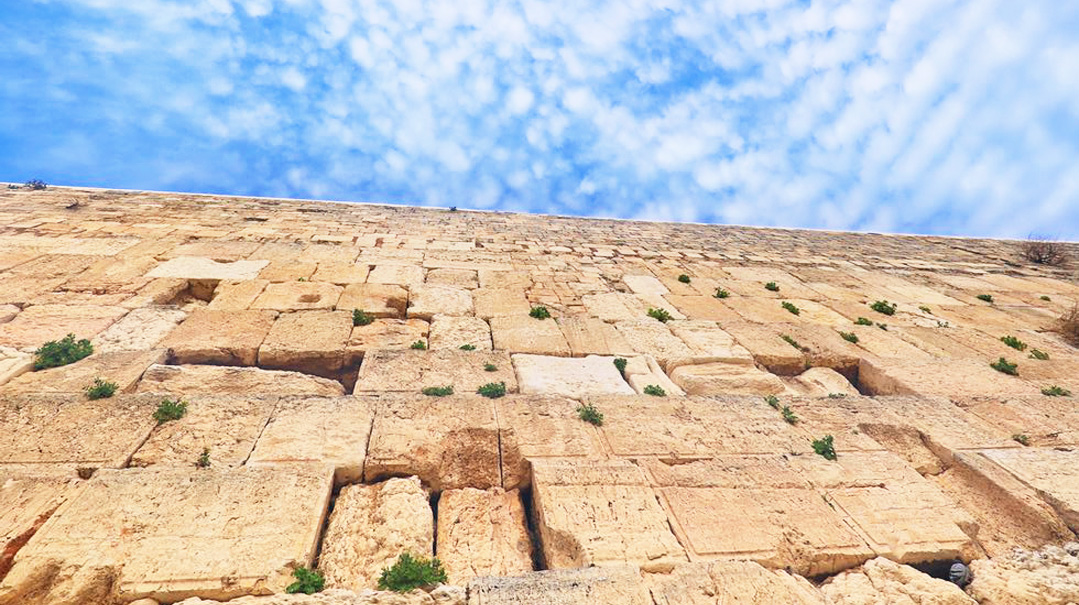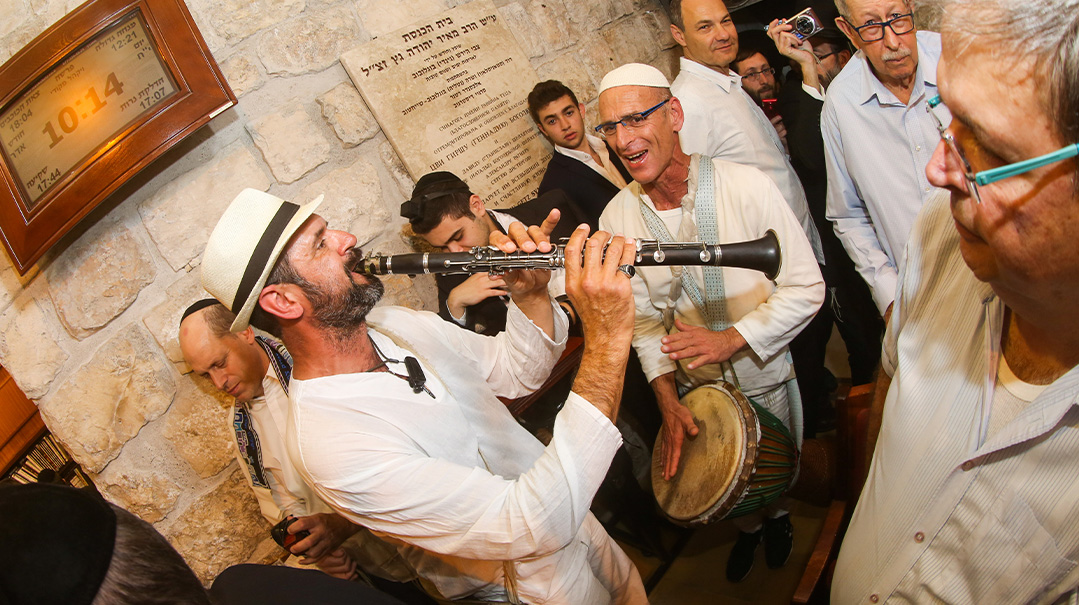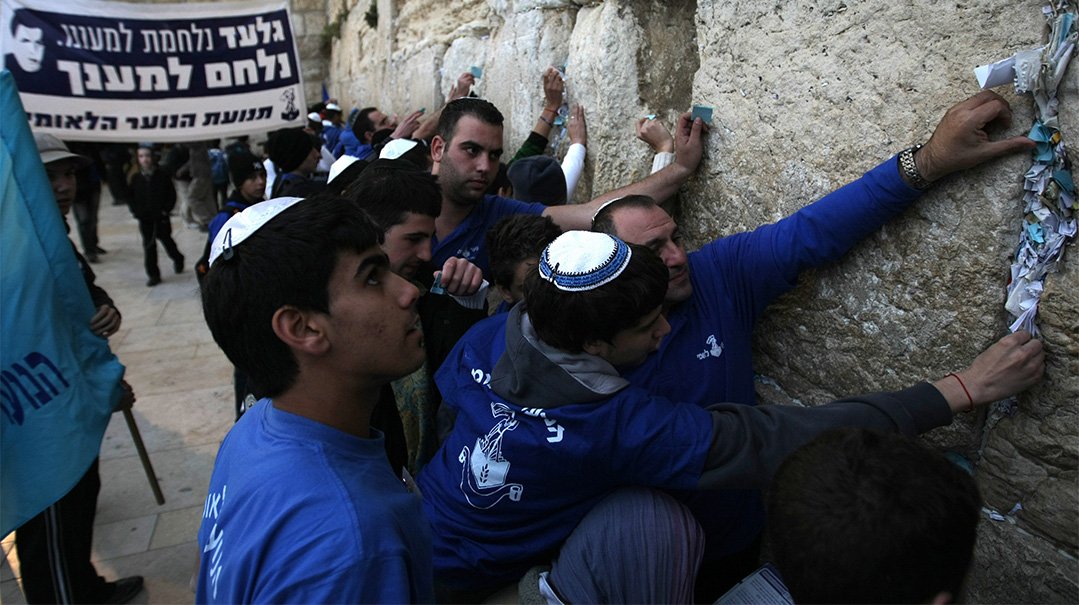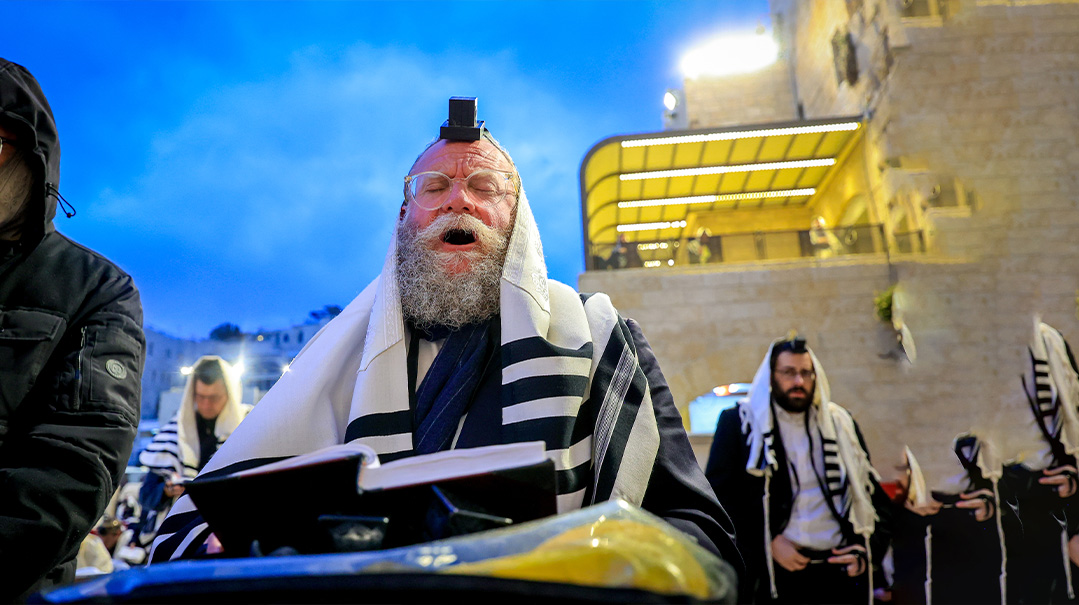Layers of History
| April 11, 2022For years now, the Israel Antiquities Authority’s Archaeological Excavation team has been carefully unearthing history beneath the Western Wall Plaza
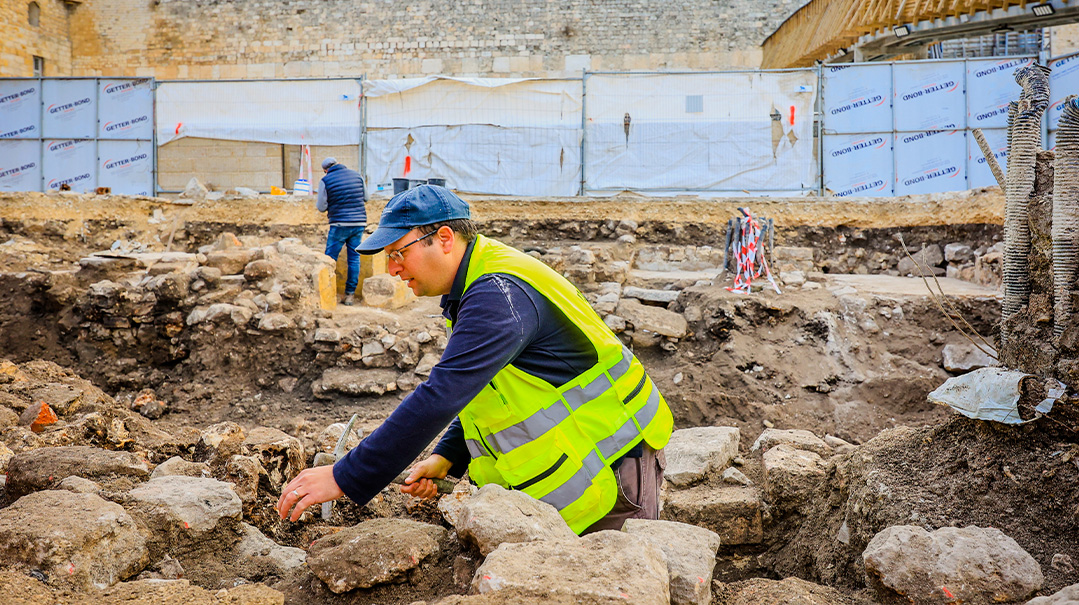
When you’re davening at the Kosel Plaza, you probably don’t realize that right under you, there’s a team of archaeologists at work.
They begin their day at 7 a.m., when they descend several stories into the ground and millennia back in time. At 3 p.m. they emerge, blinking, into the bright sunlight of the 21st century.
For years now, the Israel Antiquities Authority’s Archaeological Excavation team has been carefully unearthing history beneath the Western Wall Plaza. They’ve discovered structures from the Middle Ages, artifacts from the Second Temple era, even some traces of life from the times of the Biblical prophets. As they gently remove layer under layer of ancient construction, they reveal entire worlds, silent witnesses waiting patiently to share their testimony.
“As a kid, I was always interested in history,” says Dr. Barak Monnickendam-Givon, the chief archaeologist and co-director of the excavation team. “During my academic studies I worked on the ancient site of Dor, one of the Northern capitals of Shlomo Hamelech’s kingdom, and off the coasts of Northern Israel. Now I spend my days at the Kotel.” Talk about prime location.
“Our team has a simple goal,” Barak says. “We want to uncover the glorious history of this city and share it with the world. We want to show how people lived. We want to capture the rhythm of their lives — how they cooked, conducted business, kept the rigorous halachos of ritual purity.” That story is slowly coming together, just beneath the public eye.
Most people know about the Kotel Tunnels alongside Har Habayis — they’re a veritable tourist attraction on everyone’s must-see list. But few visitors to the Kosel are aware that right beneath the Plaza lies an archaeological wonderland: centuries’ worth of homes, thoroughfares, market stalls, stamps, seals, and cooking vessels in a location historically considered the heartbeat of the world.
For over a decade, Barak’s team of approximately five archaeologists has been methodically excavating this area. During the winter months, when there are fewer visitors to the Kosel, they can close off small sections of the Plaza and break through the ground to access new areas, slowly but steadily expanding their reach. Then, during the summer months, they continue the painstaking work of digging, sifting, and cataloguing their finds. They hope to eventually open the site to the public, and share this underground treasury with visitors from the entire world.
Some people study exhaustively for their career, then spend years waiting for that elusive moment of accomplishment that justifies all the hard work. “Not me,” Barak says. “Here at the Kotel, that thrill of accomplishment is a daily occurrence. We’re always making new discoveries.”
Over the years the archaeologists have made many impressive and important finds. A previous team found a monumental Moslem structure with a mosaic floor. The floor wasn’t one of those rare artistic masterpieces — it was a simple, functional white pattern. So Barak and his team, sniffing opportunity amid the ruins, documented the floor — then dismantled it and dug underneath. “It’s always a gamble,” he says. “When I was studying archaeology I learned how to differentiate between surrounding dirt and valuable finds, but when there are layers of history atop each other, sometimes you have to trust your instincts.”
The gamble paid off; Barak’s team found an entire rock-cut system, a series of interconnected rooms dating back to the Second Temple Era. “It was clear these rooms had once seen Kohanim, scholars, olei regel,” he says. “We found cooking and dining vessels that adhered to standards of ritual purity, oil lamps typical of that time period, weights used in the local marketplace — they look like little stone bowls, but they’re inscribed with little markings denoting the weight.”
Down there among the ruins, Barak imagined women greeting one another as they haggled over household goods, listening to the voices of the prophets who spoke to the public in the shadow of the Mikdash, perhaps even catching a glimpse of the king.
Lots of people dream about meeting that one prominent historic figure with the wisdom and experience to answer their deepest, most pressing questions. But if Barak could go back in time, he says he wouldn’t seek out the famous or powerful.
“I’d find a housewife from the First Temple era, a woman who walked with her basket through the marketplace stalls I’m busy excavating thousands of years later. And I’d ask her, ‘Tell me, what’s it like to live here with the Temple dominating your landscape and life? How do you run your kitchen, how do you do your shopping? How do the laws of ritual purity shape the smallest details of your existence?’ Because doing the work I do, spending my days touching the same vessels, lamps, and cooking implements these people used, these questions aren’t theoretical or academic. They’re very real.”
Barak takes a look at the streams of people headed toward the Kosel and smiles. They’re on their way to the same location where he heads every morning, but they’re visiting an entirely different site.
“You know, I work in a different Jerusalem than the one I live in,” he says. Which Jerusalem does he prefer? “I love them both — the bustling modern city above the ground, and the quiet remains beneath.”
Because if you know what to listen for, you can hear the clamor of a vibrant civilization in the ruins too.
(Originally featured in Mishpacha, Issue 907)
Oops! We could not locate your form.


